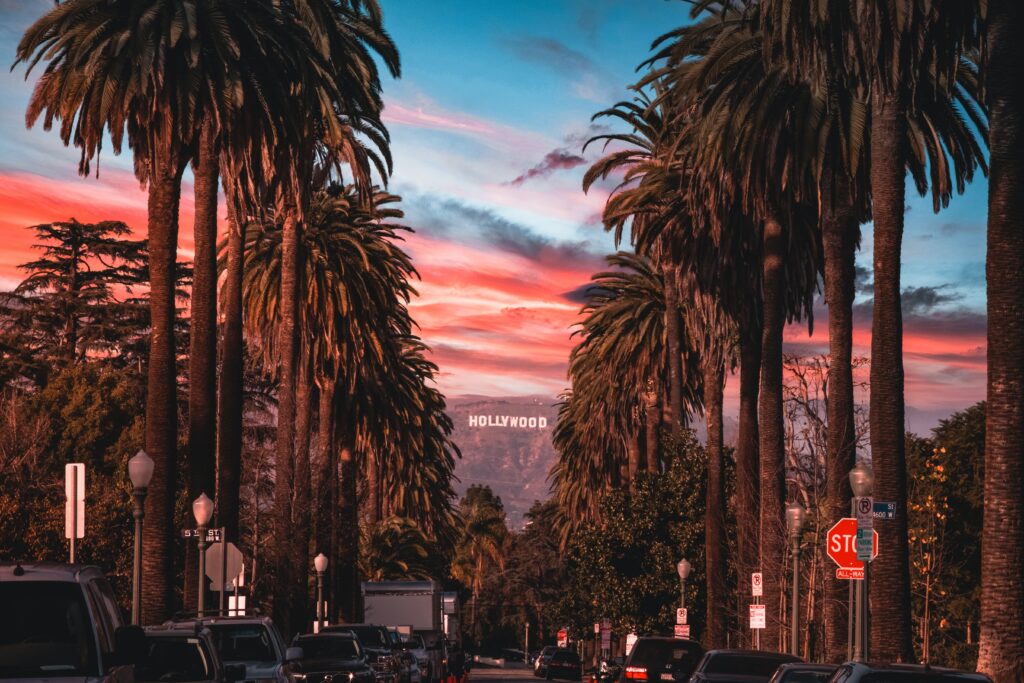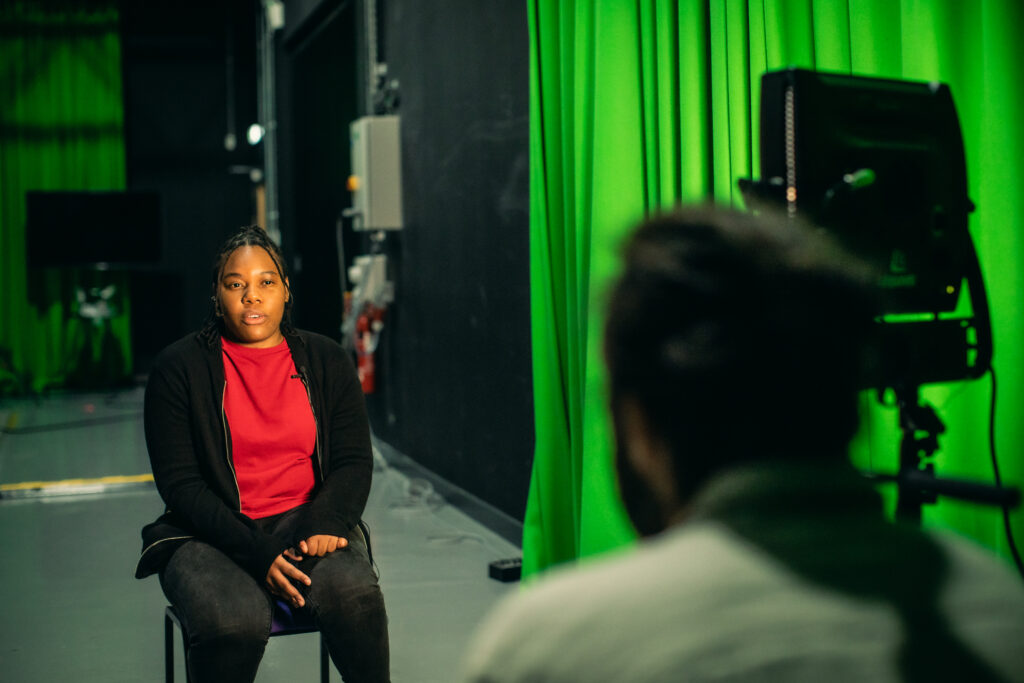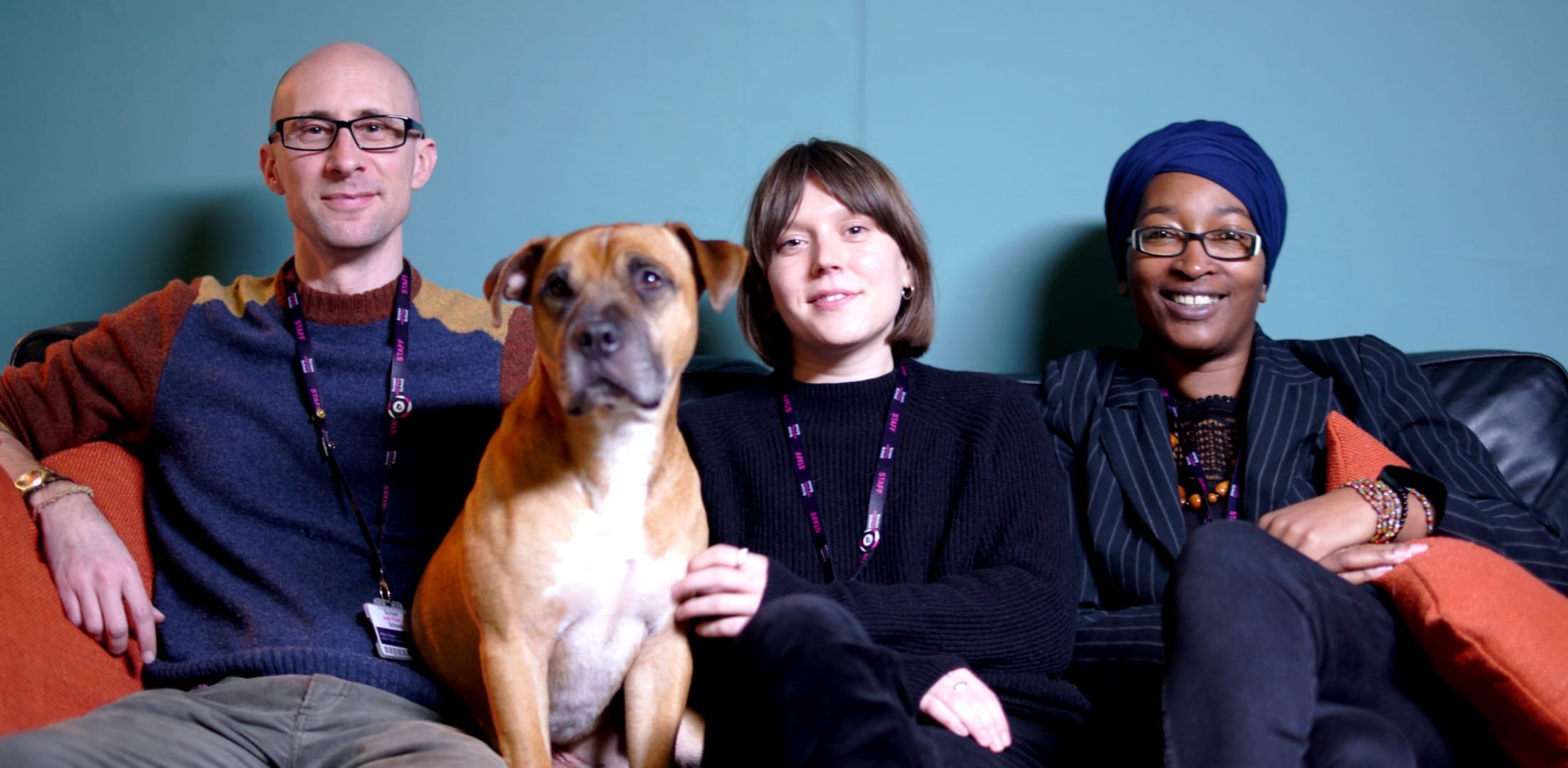Screen and Film School Brighton’s student blogger Zac Haydn-Jones takes a look at the SAG strike and what this means for the industry at large.
First there was no one to write the lines, now there is no one to read them, as actors swap pages for placards.
What’s the SAG strike about?
As of July 14th 2023, following four weeks of failed negotiations, which started on the 7th of June, the members of the Screen Actors Guild (SAG) have called a strike. SAG represents around 160,000 actors working in multiple sectors, 65,000 of which voted on whether to authorise a strike. The result was an overwhelming 97.91% majority in favour of it.
This couldn’t come at a worse time for studios, who are now having to negotiate with writers and actors concurrently. Previous to SAG calling a strike, Hollywood had attempted to continue with their production schedules, coming across like they believe writers not to be a vital part of production (and ignoring the possibility of worse content output without them). Now, with the strike in full swing, the studios quite literally cannot act their way out of the problem: with no one to stand on the marks, there’s nothing to watch.

The points that SAG is standing for are generally similar to the writers’, and affirm there are problems with the structure of streaming that need to be addressed. The first comes in the form of residuals, where actors have seen a large portion of their income lost, as streamers are not required to pay. SAG is asking for 2% of a show’s revenue to be distributed to performers. Show revenue on streamers is of course difficult to measure but SAG’s answer to this is Parrot Analytics, a company that uses data, such as Google searches and social media mentions, to measure a show’s demand. Companies are standing against this, suggesting it’s too difficult to measure a show’s impact, but have refused to offer an alternative to Parrot.
The perils of AI?
AI is once again mentioned. SAG are making certain that going forward, performers are appropriately compensated and asked for consent for use of their likeness in content. This is a complicated issue but extends further than you might first think, with background actors for example which studios are trying to pay for one day’s work, then added digitally into not only other shots, but other projects completely.

The question of self-taped auditions
A further interesting issue is self-taped auditions. Since the pandemic, self-taped auditions have become an industry standard and so SAG wants to set terms for their use, requesting that self-taped auditions are no more than 5 pages of content. They are also attempting to ensure that actors are not required to have any specific lighting or video equipment, ensuring jobs are accessible for all actors and that actors aren’t doing too much work before they’ve even secured the job.
This isn’t all the terms but just some that jump out. If, after reading this, you’re wondering why rich actors are asking for a pay increase, please remember the number 160,000 and then name as many actors as you can, because I’m willing to guess you won’t get to one thousand. There are tens of thousands of actors who make a living working pay cheque to pay cheque; they just don’t always say the lines, so you don’t know their names. Stand with actors, stand with writers, and don’t sit down until you’re damn sure the chair’s not set to snap.
Read our previous blog about The Writer’s Strike here.
Are you interested in being a part of the new legacy at Screen and Film School Brighton?
Sign up to one of our Open Days:
Find out more information on our courses by clicking below:



